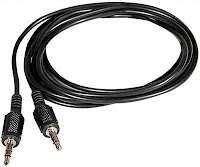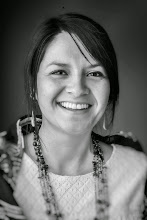
What you need:
-3.5mm audio dubbing cable (about $7)
-blank CDs
-audio cassette tape with recording
-cassette tape player (with headphone input)
-computer (with 1. Audacity; free audio program, 2. Speakerphone input)
-internet access (download free audio programs)
1. Download free Audacity audio program to your computer desktop (http://audacity.sourceforge.net/)
· This is how you will record digital file.
2. Download LAME MP3 Encoder program to your computer desktop (http://lame1.buanzo.com.ar/)
· This program allows you to export your Audacity to MP3
3. Save a folder on your desktop “My audio project”
4. Open Audacity and create new project labeled “test”. Save in your new folder “My audio project”
5. Play tape to spot you want to begin and press pause.
6. Using the 3.5 mm audio dubbing cable, connect one end to the tape player headphones input. Connect the other end to the computer speakerphone input. The computer should recognize this, ignore this.
7. Test the connection by pushing record in the your Audacity project and un-pausing your tape player. You may not be able to hear any audio from the tape player but you should see your audio levels recording on the Audacity project.
8. Stop the test, unplug your dubbing cable from the computer and pause the tape player again. Take the curser in you Audacity project to the beginning of the recorded audio and try to play it.
9. If the test worked, rewind your tape to the desired spot and create a new project in Audacity “recording”. Reconnect the dubbing cable to your computer.
10. Push record in Audacity and un-pause your tape player. Let it record until finished.
11. Edit your audio project in Audacity or begin to export project to WAV or MP3 file (Opens in iTunes).
12. Save your Audacity project. Go to File, Export, Export at WAV or MP3. Follow directions as they say.
13. Import to your iTunes, create new playlist with audio files and burn to CD.
I hope this has helped if not leave me a comment and I will get back to you!








